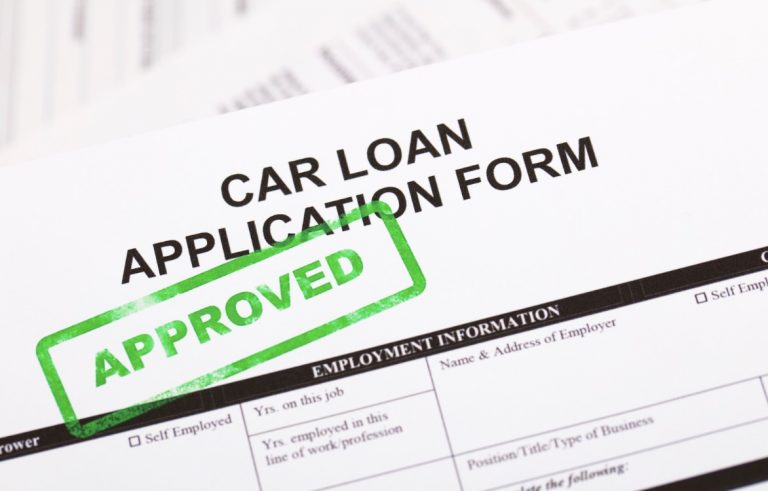Buying a car is an exciting experience. But after the initial thrill wears off, the reality of financing your vehicle can be daunting. The cost of buying a car can be considerable, and obtaining an auto loan can be complex. However, one way to make this process easier and more affordable is refinancing your auto loan. Let’s discuss this further!
Lowering Your Interest Rate with Refinancing
Before you start the refinancing process, it’s crucial to understand how interest rates work and why your current rate might be high. Several factors, including your credit score and loan term length, determine interest rates.
But the best part is, if interest rates have dropped since you initially took out the loan, refinancing could allow you to take advantage of lower rates and reduce your monthly payments. Additionally, if you’ve improved your credit score since taking out the loan, refinancing could help you qualify for better terms on future loans.
Lowering Your Monthly Payment with Refinancing
Your monthly payment consists of two components: principal and interest. The principal is the amount you borrowed, while the interest is the cost of borrowing money. When you refinance, you can lower your monthly payment by negotiating a lower interest rate or extending the loan term.
Refinancing can be an effective way to save money on your auto loan. Lowering your monthly payments could free up cash for other expenses or put more towards monthly savings. Additionally, refinancing can help reduce the total amount you’ll pay over time since less money will be going toward interest charges.
However, some lenders charge fees for refinancing that could offset any potential savings on monthly payments. Before deciding whether or not to refinance an auto loan, it’s essential to weigh both the pros and cons carefully and know more about what refinancing entails.
The Refinancing Process: What to Expect
You’re already on the path to potentially reducing your monthly payments and saving significant money. Before taking the plunge, however, understanding what to expect when refinancing will ensure that you have a positive experience.
Story Stages
Preparing for Refinancing
Some lenders require borrowers to have a good-standing credit score, while others allow you to refinance even if your credit score is not stellar. A good credit score certainly helps you stand out among all the other applicants wanting their dream cars, so unless you want to get in line with everybody else, take the time to get your finances in order.
Finding the Right Lender and Loan
If you want to refinance your car loan, you will need to choose the right lender. You may not have a direct relationship with your current loan lender, but you can visit their website and read customer reviews to see what previous customers had to say.
Applying for Refinancing
The application process for refinancing a car loan differs from applying for a new loan. You must follow the same basic steps, including ensuring you meet any age, credit score, or income requirements.
Closing Your Refinanced Loan
When you close your loan, the lender will send someone to verify that you have paid off your old car loan and that the title is in your name. You must also sign a few documents, but that’s about it!
Conclusion
Ready to save money on your car payments? Refinancing your auto loan can help you do just that! Auto loan refinancing is a great way to lower monthly payments, reduce interest rates and even shorten the length of one’s loan. By understanding how it works, consumers can make the most out of this process and put more money back in their pockets.
